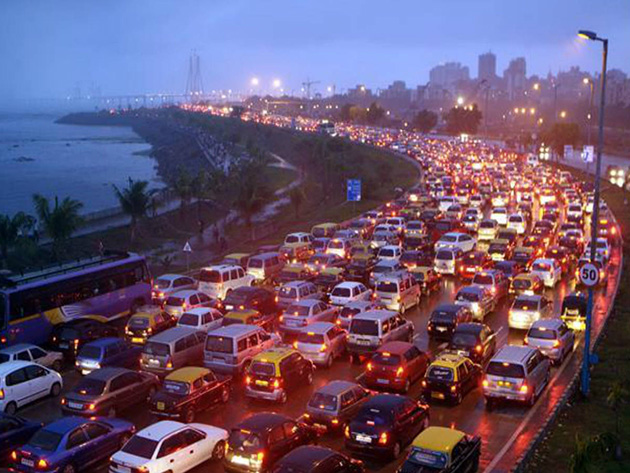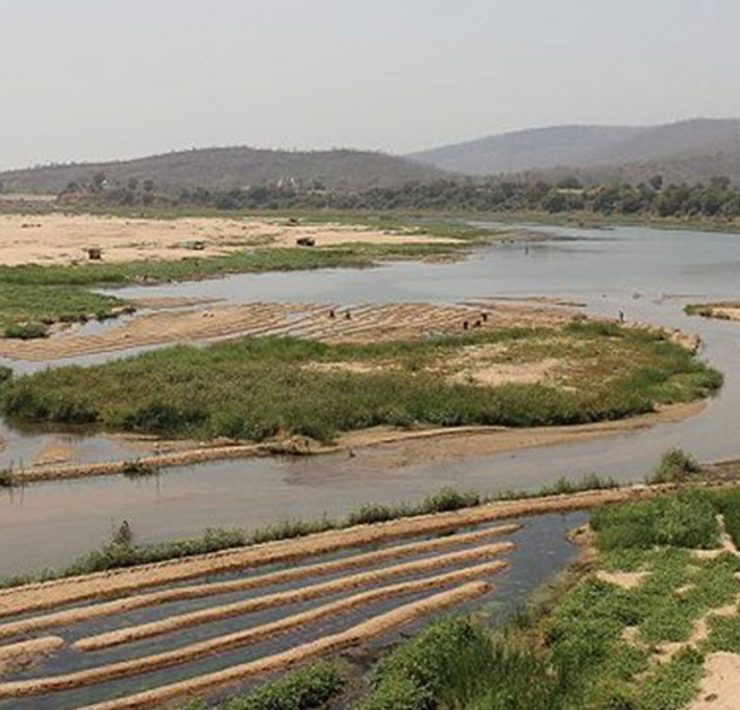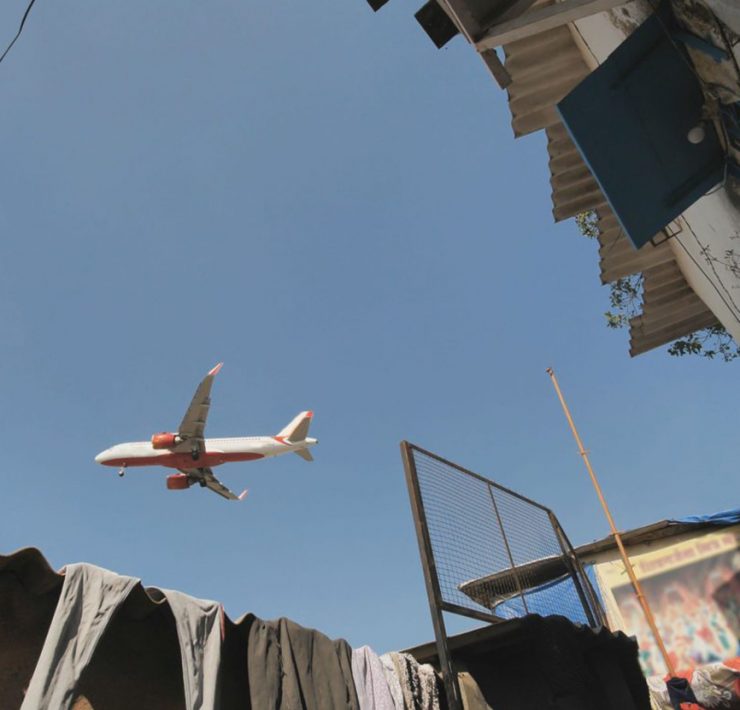For India to build sustainable cities post-lockdown, re-cycling roads is key
- Instead of moving vehicles, cities should focus on moving people. What does this mean?

The number of Covid-19 cases in India has crossed seven lakh, resulted in more than 20,000 deaths. Though is still no cure or vaccine against the coronavirus, but cities have already started “unlocking”. This is because we cannot have an endless lockdown.
However, in the process of opening up the economy, cities are struggling to provide mobility to its citizens. Public transport remains banned primarily due to the fear of contamination. Not everyone can afford a personal vehicle, and even if they could, cities would not be able to accommodate all of them.
Therefore, it is essential to change the mobility paradigm in cities: instead of moving vehicles, the cities should focus on moving people. In this regard, the recent advisory from the Ministry of Housing and Urban Affairs on promoting cycling and pedestrianisation of core city markets is welcome.
A couple of days back, the ministry also launched Cycle4Change challenge with the intent of creating non-motorised zones and community-led cycle rental schemes to promote cycling in the city. It is also a significant step in fostering non-motorised transport in cities. However, walking and cycling can change only if we can fundamentally change the way we design our city streets. The first step would be to remove three misconceptions around it.
Streets are not roads
Streets are public spaces with people, buildings, trees, sidewalks, and spaces to rest, shop or play. A road is anything that connects two points. Unfortunately, in Indian cities, all we have are roads – infrastructure that is meant to carry motorised traffic from one point to another at the fastest possible speed and shortest possible time.
In most modern democracies, streets represent equity in society. It’s a space where everyone is treated with the same level of respect irrespective of their gender, age or class. In India, roads are spaces where the discrimination between the haves and have-nots is clearly visible. If you own a car, not only does the city provide free parking space for you, it also demolishes communities to widen the roads and build flyovers and underpasses for you. But if you happen to be a pedestrian, cyclist, street vendor, bus, tram, or Metro user, you are pretty much out of luck. So, first, cities need to understand the distinction between streets and roads.

Moving people
Fish swim, birds fly, and humans walk. It’s our most basic form of mobility. However, walking on Indian roads almost always comes with substantial risk. The reason why most of us feel scared on roads is due to three main issues – lack of vision, lack of technical expertise, and outdated highway guidelines.
If one were to open a Comprehensive Mobility Plan of any Indian city, it would show that nearly 60%-75% of the population either walks, cycles or uses public transport. However, the proposed projects and budget are always flyovers, underpasses, and road widening, which cater to the minority of the users. This is because most cities don’t understand that creating more roads will attract more traffic.
Moreover, city administration departments are headed by civil engineers and not transport planners, so the solution is always engineering devoid of design-oriented planning. The guidelines used are for moving vehicles, but what cities need are designs to move people.
Vision over budget
In the absence of necessary walking infrastructure, pedestrians are forced to expose themselves to dangers on roads. Cities that are serious about improving walking and cycling need vision rather than more money. The first step is to start small: use tactical urbanism – which comprises low-cost, temporary changes to built environments – as a tool to create pop-up walking and cycling infrastructure and measure impacts for the next six to nine months. If successful, it can be made permanent.
In the long term, cities need to recognise that streets are a complex environment with multiple stakeholders contesting for space. Cities, therefore, need to look beyond their traditional method of “engineering the road” and instead boost the capacity of Urban Local Bodies by creating an in-house Street Design Cell consisting of Planners, Urban Designers, Architects, Engineers and other professionals that are relevant to this field.
India once again topped the charts for the highest number of road crash fatalities and 14 Indian cities featured in the top 20 most polluted cities in the world for 2019. Therefore, re-imagining the street in our cities is the key to the sustainability of our cities. It will also help to overcome the Covid-19 crisis in a big way.
So, it’s time for India to re-cycle its streets.
Amit Bhatt is the executive director WRI India. He leads the transport work at WRI India. Advait Jani is the Senior Manager at WRI India. He leads the street design work at WRI India.
This article first appeared on Scroll.in.







